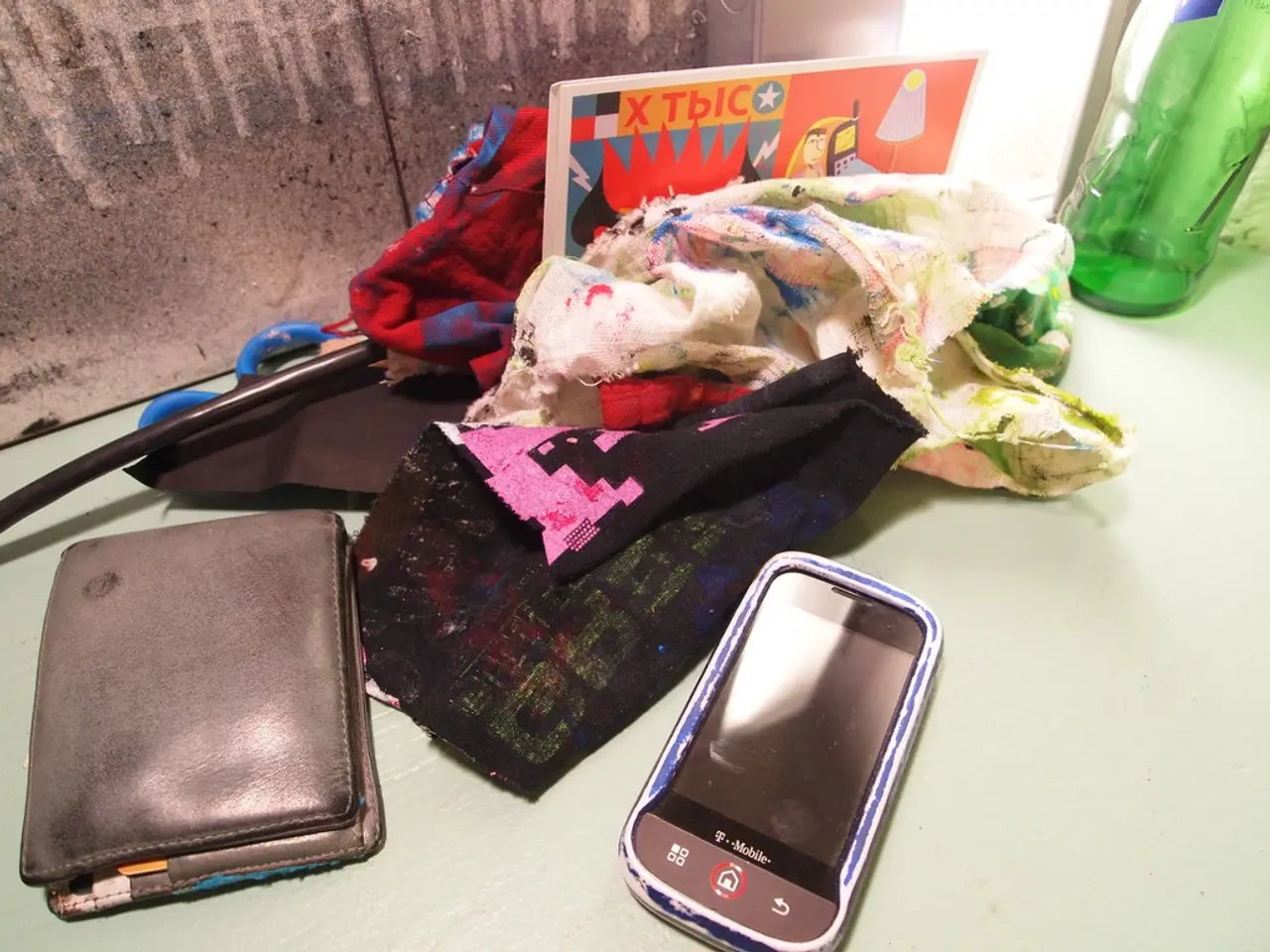Strategies for initiating money storage (regardless of your current financial standing)
In today's fast-paced world, managing your finances can sometimes feel like a daunting task. However, with the right strategies and tools, it's possible to take control of your financial future. In this article, we'll explore two powerful techniques that can help you save money, manage expenses, and reduce impulsive spending: the 50/30/20 budgeting rule and the 30-day waiting rule.
The 50/30/20 rule is a popular budgeting method that offers a simple yet effective way to allocate your income. Here's how it works: Allocate 50% of your after-tax income to needs (housing, food, transportation), 30% to wants (entertainment, dining), and 20% to savings or debt repayment [1][4]. By following this rule, you ensure that a significant portion of your income is dedicated to your financial future.
To implement the 50/30/20 rule, first, calculate your monthly after-tax income to know your total available budget [2]. Next, assign 50% to needs, covering essentials like rent/mortgage, utilities, groceries, transportation, and childcare. Assign 30% to wants, which includes discretionary spending like eating out, hobbies, travel, and entertainment. Finally, assign 20% to savings and debt repayment, including building an emergency fund, investing, or paying down loans [1][3][5].
The 30-day waiting rule is another strategy that can help curb impulsive spending. When tempted to make a purchase within your wants category, wait 30 days before buying [4]. Use this time to evaluate if the item is necessary or just a fleeting desire. Often, delayed purchases turn out unnecessary, saving money otherwise lost to impulse buys. This strategy encourages mindful spending habits and prioritizes your financial goals [4].
In addition to these strategies, there are several other tips for success. Automating your savings (e.g., recurring transfers to a savings account or investment plan) can help ensure consistent progress without manual effort [4]. Consider switching from credit cards to cash or a prepaid card to avoid overspending and maintain better control over wants spending [4]. Regularly review and adjust your budget as your financial situation or priorities change, keeping the 50/30/20 percentages flexible but balanced [1].
Many banks offer tools like round-up programs, which automatically round your debit card purchases to the nearest dollar and transfer the spare change to your savings. Turning saving from a chore into a rewarding habit that pays off for years to come through persistence and creativity.
Remember, everyone's financial journey is different, and it's important to stay open to trying new strategies and tools until you find the ones that work best for your unique situation and personality. Building an emergency fund should be a top priority to protect your finances from unexpected expenses. With the 50/30/20 rule and the 30-day waiting rule, you'll be well on your way to a stronger financial foundation.
[1] https://www.nerdwallet.com/blog/finance/50-30-20-budget-rule/ [2] https://www.investopedia.com/terms/a/after_tax_income.asp [3] https://www.investopedia.com/terms/e/emergencyfund.asp [4] https://www.forbes.com/sites/nextavenue/2020/05/15/the-30-day-rule-for-impulse-buys-can-help-you-save-money/?sh=752c508a5e5b [5] https://www.investopedia.com/terms/s/savingsplan.asp
Employing the 50/30/20 budgeting rule can help you efficiently allocate your income, ensuring that a substantial portion is reserved for your financial future, such as savings or debt repayment. To implement this method, first calculate your monthly after-tax income, then allocate 50% to needs, 30% to wants, and 20% to savings or debt repayment.
The 30-day waiting rule is a strategy that can help curb impulsive spending. When faced with an impulsive purchase, wait 30 days before buying, evaluating whether it's necessary or just a fleeting desire. By doing this, you'll encourage mindful spending habits and prioritize your financial goals.
Personal-finance tools like round-up programs, offered by many banks, can automate savings and make the process of saving more enjoyable. These programs automatically round your debit card purchases to the nearest dollar and transfer the spare change to your savings account.




